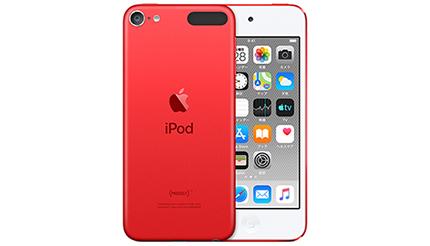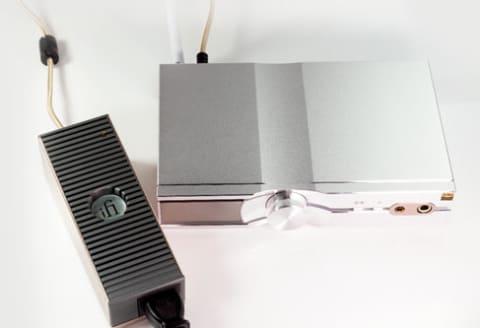More and more people are using smartwatches. Especially here in Japan, models with FeliCa chips and Osaifu-Keitai compatibility are popular. With the rapid advance of cashless payments, the convenience of paying by simply waving your arm over a payment terminal seems to be gaining popularity.
The number of smartwatch users is increasing (the image is Apple Watch Series 6). I don't hear much about smartwatches that have trouble connecting to their smartphones even when Wi-Fi is congested, or that notifications don't reach them. Aside from models that support communication over mobile networks (LTE), the important role of smartwatches is to receive commands and transmit measured data by communicating with nearby smartphones, so wireless is often used. We should be communicating... One of the reasons why the communication between smartwatch and smartphone is stable is in the channel allocation of BLE (Bluetooth Low Energy). It is recommended to use Ch1, Ch6, and Ch11 for 2.4GHz Wi-Fi, but BLE, which uses the same 2.4GHz band, should use the advertising channel (used for device discovery and connection) so that none of them overlap. channel, which is not used for normal data communication). Channel image To put it simply, BLE is a communication standard that is designed on the assumption that wireless devices using the same 2.4 GHz band are nearby, so it is difficult for interference to occur. It is compatible with smart watches. Bluetooth 5, the latest version of BLE, uses advertising channels more efficiently, so it seems safe to assume that the latest smartwatches will have more stable connections.




